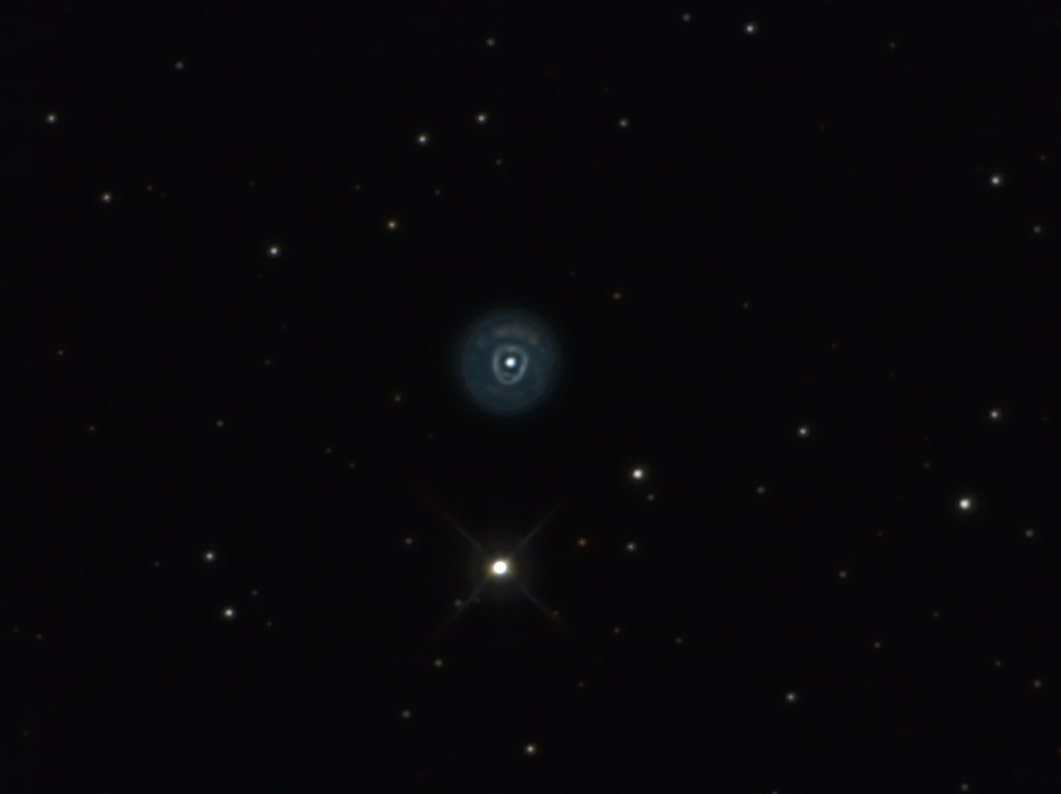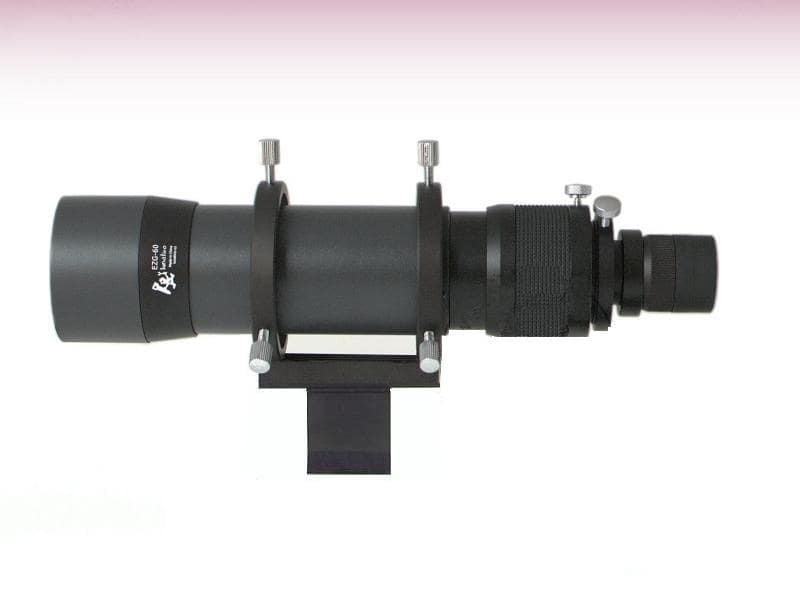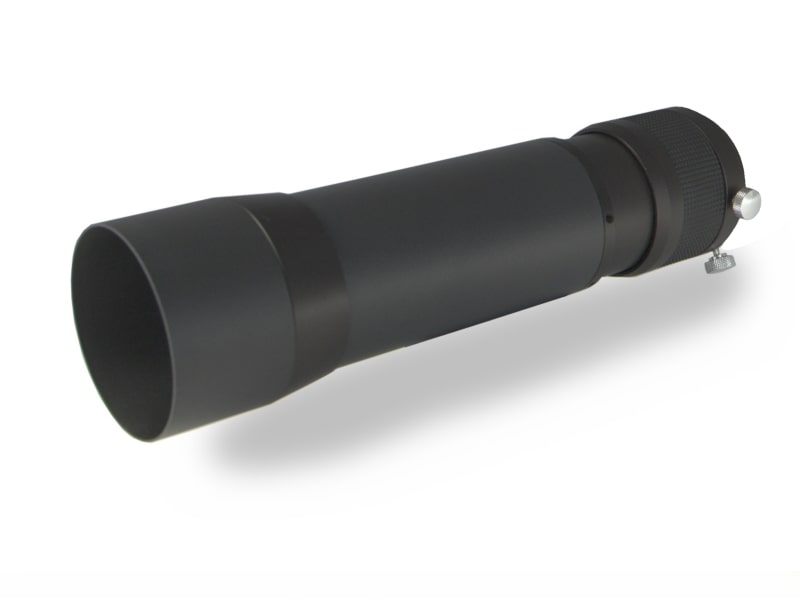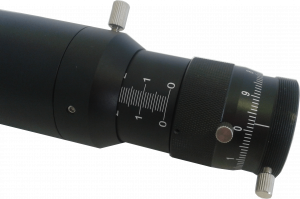Helical microfocuser vs. traditional
For guiding, and imaging in general, we prefer – by far – the traditional focuser (the black one in the video, our EZG); way more travel and, above all, much more rigidity.
Rigidity is, for sure, the most important feature of a guidescope, with (probably) field of view being the second one; optical quality, as in flat field or color correction, accurate focuser, etc… are not really important for guiding.

Also, don’t forget in order to guide correctly we do not need extreme focus, pint point stars – much the opposite, a bit of defocus can help compensate atmospheric turbulences (i.e. bad seeing).
The only drawback of the traditional, sturdy focuser, is it turns the camera while focusing, but that’s not a big deal.
In the comparison video, both focusers at their max travel, and with the brake (introduced by Lunatico in this scope design) screw tightened.
When we find an improved design with both the rigidity of the older design, and the convenience of the helical one, we’ll update this post.
Jaime
PS: funny as it is, these new helical focusers are not really a thing for optical astronomy either, as the rotation of the eyepiece is not a concern.



